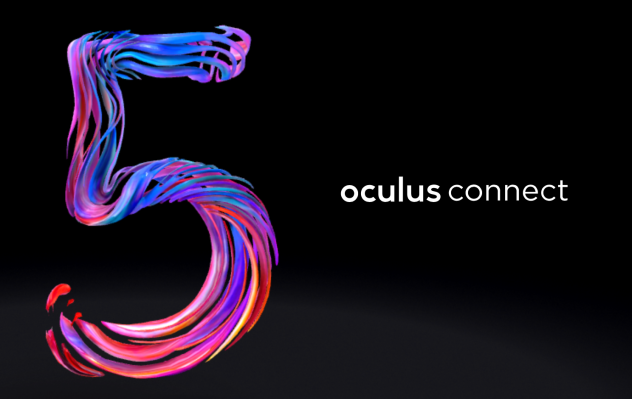The Oculus Connect 5 conference kicks off tomorrow in San Jose where FB and company will let their latest virtual reality efforts loose and attempt to prove to the world that VR is coming at last and there’s nothing we can do to stop it.
Tomorrow is going to be a big day for hardware, though there might not be all that many surprises as Oculus has already been pretty vocal about some of its future plans. We’ll see.
Here’s some of the stuff that we’re expecting to go down tomorrow.
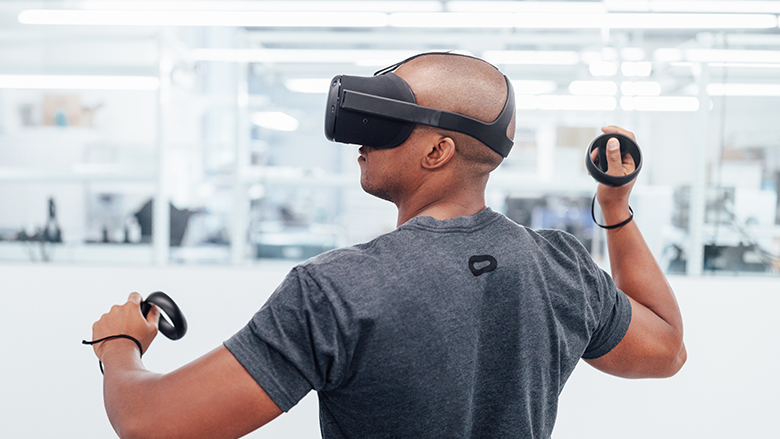
Release date, price for Oculus “Santa Cruz” standalone
The still unnamed standalone, 6DoF headset with tracked controllers is more than likely coming early next year; the big question is really going to be its price.
While Oculus has been very aggressive with their $199 starting price for Oculus Go, it will be interesting to see where the pricing moves for whatever “Santa Cruz” ends up being called. The headset is still running a mobile chipset, though it will more than likely be a current-generation Snapdragon 845 as opposed to the much older 821, which is on the Oculus Go. The headset most notably will also sport positional tracking and hand controllers (which we’ll probably see an updated design for) at launch, features that will also surely add to the price.
I’m expecting pricing to sit around $349-$399; anything less would probably cannibalize Oculus Go sales and anything more would be a tough sell to consumers that have already proven a little reluctant to buy into VR right now.
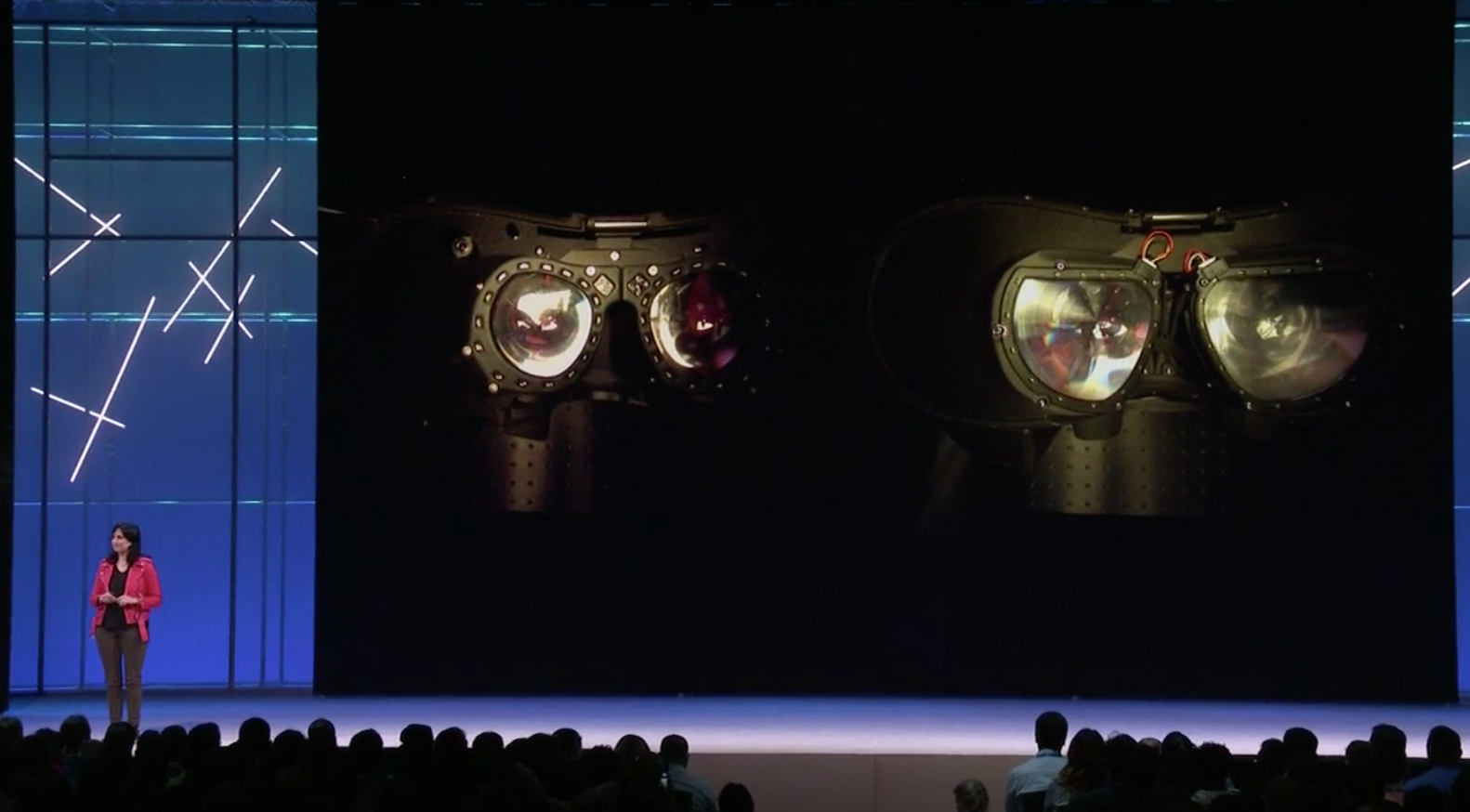
A look at the next-gen Oculus Rift
We got a peek at the Oculus “Half Dome” prototype at F8; my guess is we’ll see a lot more about it tomorrow and perhaps get some press demos of a feature prototype.
The company’s Rift headset is more than a couple of years old at this point so it’s probably time to start thinking about the next generation of the PC-powered headset. There have been a lot of leaps in GPU power since the Rift was announced and now that Oculus has a few products rounding out the low-end, they may be freed up a bit more to have a PC professional tier that can get a bit more experimental.
The big deal with “Half Dome” is its new approach to the way the lenses focus on objects. With the old system, their fixed focal distance ensured you couldn’t really read anything within arm’s length; with the new system that uses motorized displays and eye-tracking, the headset will be able to act more like your eyes do, focusing on objects as you look at them dynamically. This is coupled with a new lens system that significantly widens the field-of-view. It’s all really powerful stuff, but presents a lot of engineering challenges, so it’ll be interesting to hear more details from Oculus onstage.
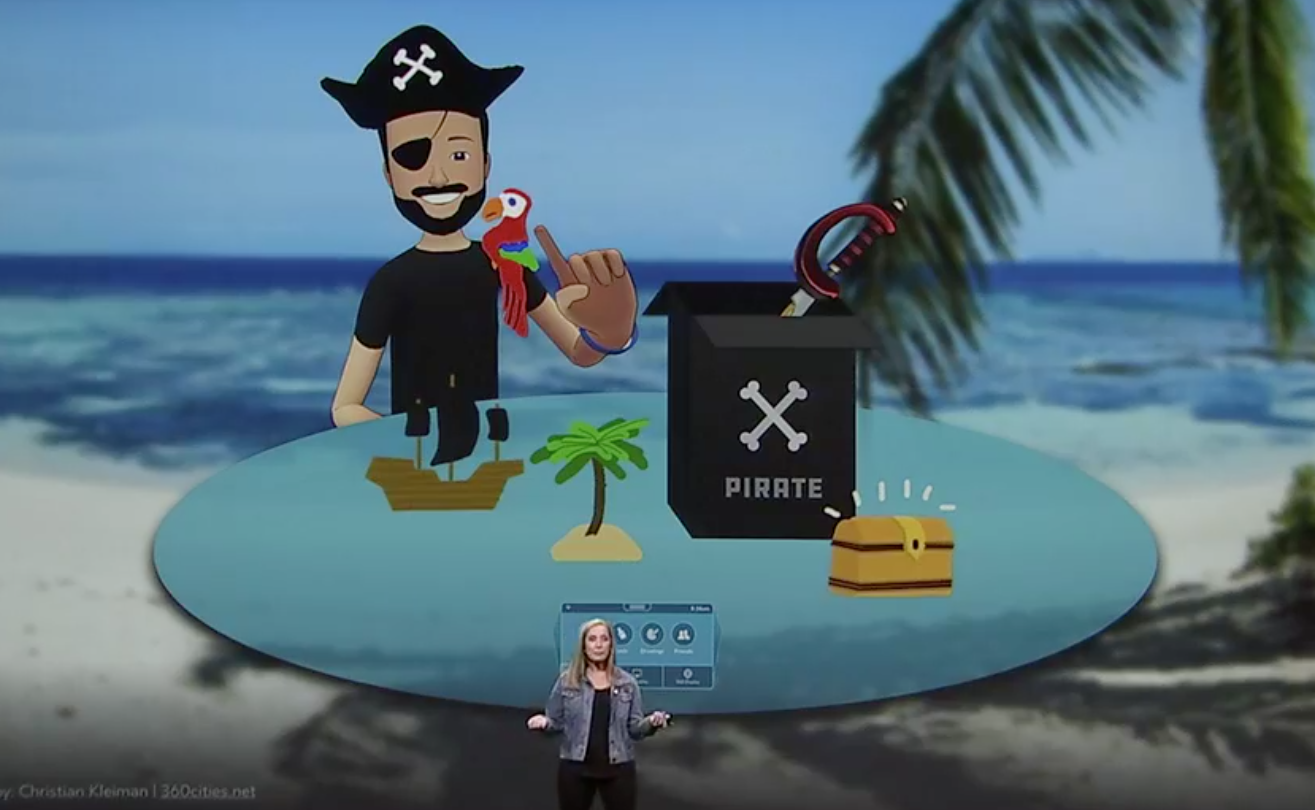
Blurrier Oculus/Facebook division
Just as Instagram and WhatsApp have been sucked into the Facebook corporate hierarchy, we’ll likely see the results of deeper Oculus integration into Facebook’s VR division represented at the keynote.
After the big reorganization at the end of 2016, the Oculus exec structure has seen the co-founders downgraded while power has swelled to executives in Zuckerberg’s inner circle. Hugo Barra’s job title is still Facebook VP of VR, while Andrew Bosworth is the VP of AR/VR; we’ll likely hear quite a bit from them. In the conference’s earlier years, we saw an Oculus co-founder take to the stage for the big announcement, then last year Mark Zuckerberg opened things up and walked everyone through the big announcements.
This year, Oculus Research was renamed Facebook Reality Lab. It’ll be interesting to see where else Facebook makes inroads into the Oculus structure.
Facebook Spaces has gotten some air time for the past few years; it’s likely the team will be back onstage sharing their latest feature updates. We’ll see whether the social app gains “Santa Cruz” support and whether it will grow to become a stock app or continue to live in its more experimental phase.
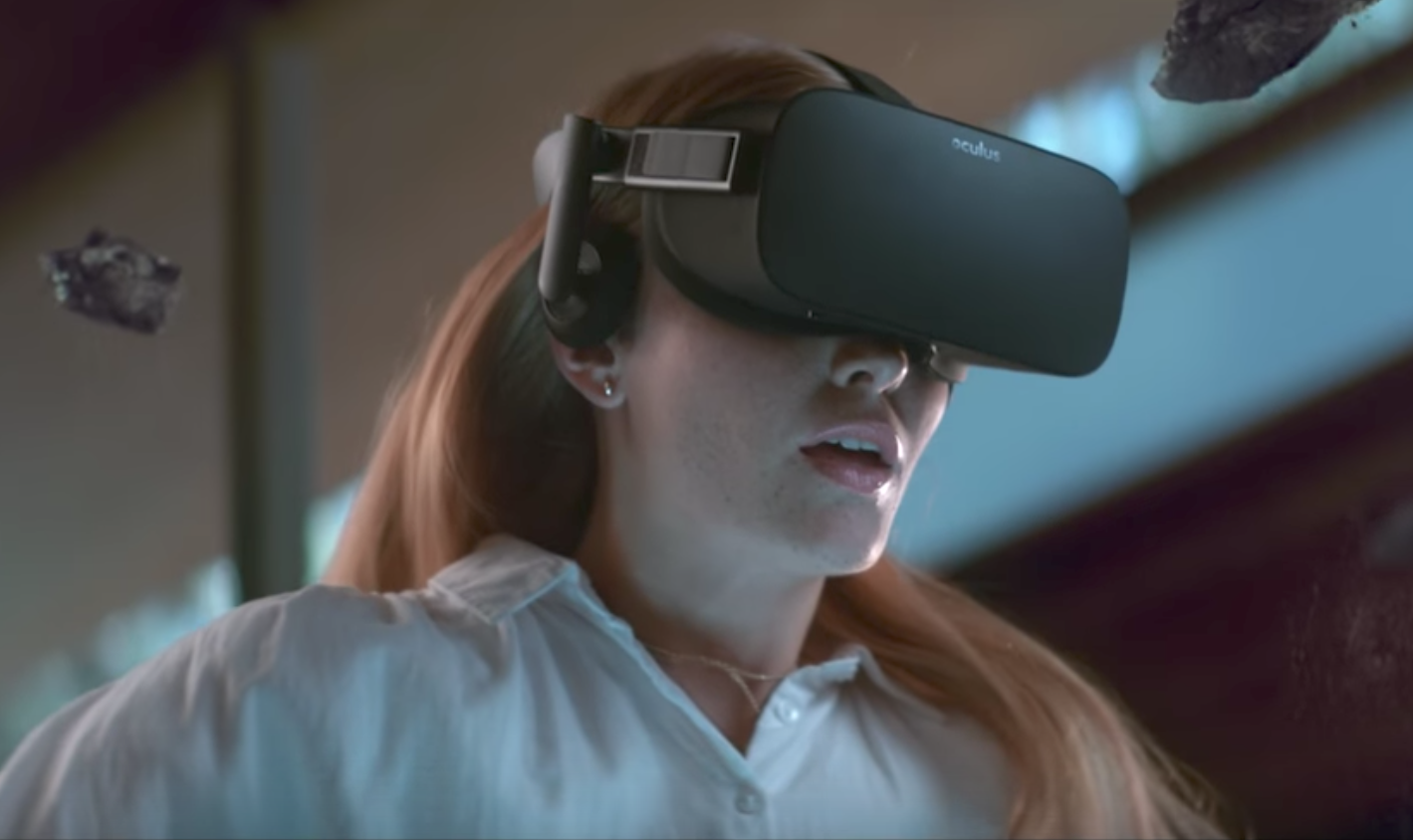
New AAA content
One thing we can certainly expect to hear a lot about tomorrow is new gaming titles available on the company’s existing platforms.
Oculus made a big deal last year about how it’s looking to court AAA game publishers to develop for Rift; the Oculus Studios divisions will probably clue us into its next wave of titles with more of an emphasis on a few polished big-ticket releases rather than a wave of indie projects.
A couple of years back Oculus detailed that they had spent $250 million on content and were spending $250 million more, but we haven’t heard many updates on the dollar amounts pledged to games or experiences. Maybe we’ll hear a few more details about how substantial the company’s investments have grown or where the company is looking to direct its investments next.

Oculus mixed reality
This one might be a stretch, but this could be the year we get to see some of the company’s experimentations with augmented reality that they’ve been lightly teasing over the past few years.
We know the team at the Facebook Reality Lab is working on AR headset technologies, but it’s also clear that it’s still a very early, expensive time for the technology. Nevertheless, Microsoft is likely going to be showing off an updated HoloLens focused squarely on enterprise soonish and Magic Leap has already showcased their first big move into the consumer space.
Oculus showing its hand this early would be a bit surprising, but if Apple is as close to releasing a headset as reports have suggested, perhaps they want to clue people into what they’re working on.
There’s going to be a lot happening over the next couple of days, especially at the keynote tomorrow morning at 10am PT. TechCrunch will be on the ground bringing you the best analysis and the quickest updates you can find on the world wide web.
